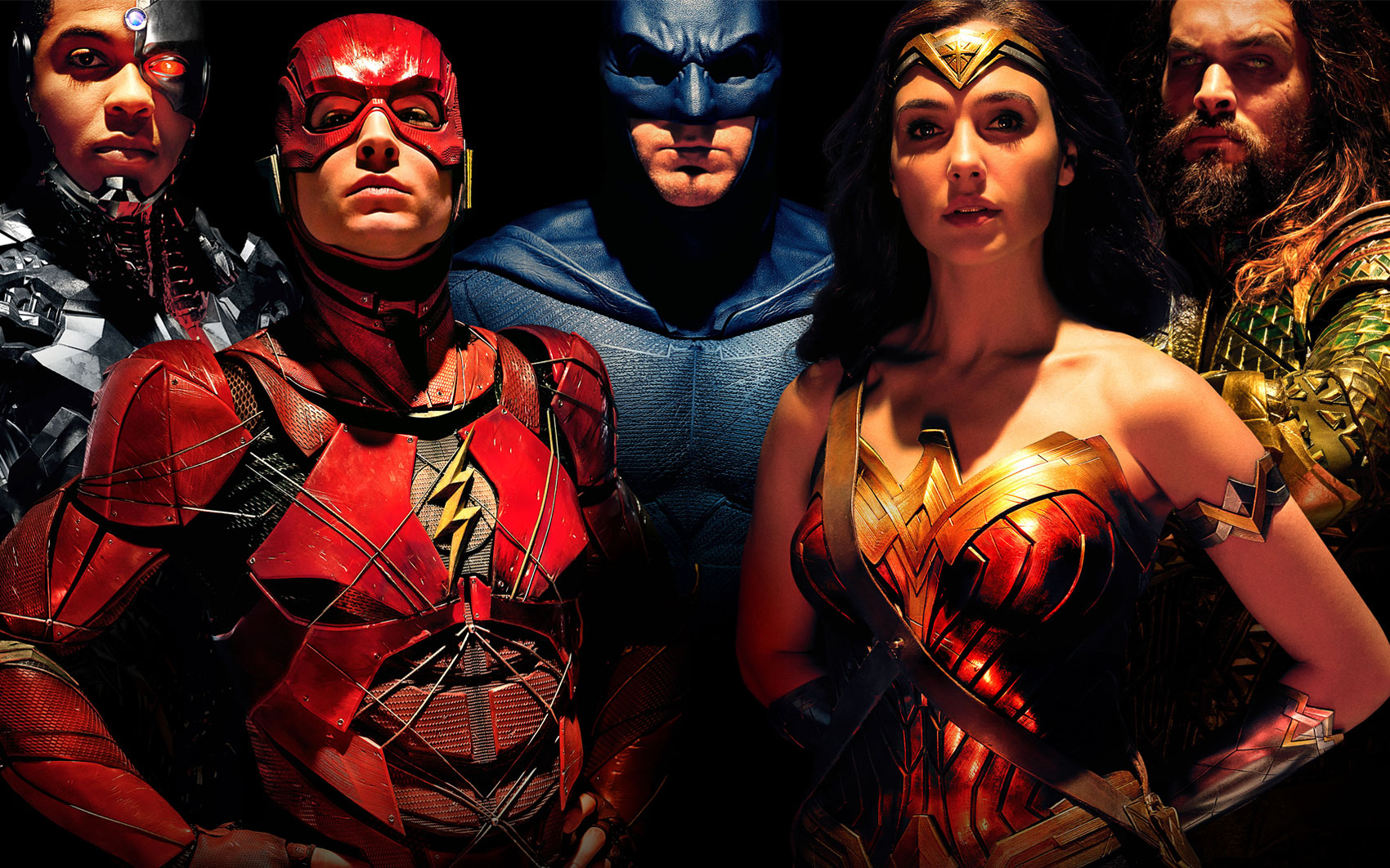Fast X
by Hope Madden
We are ten films into the Fast and Furious franchise. So let’s just start with some obvious points. #1, Vin Diesel is easily the most uninteresting thing about 9 of the 10 films (he’s not in #3).
The most interesting thing continues to be the set pieces – the fisticuffs, city explosions, flying car shenanigans. Director Louis Leterrier had some big tires to fill stepping into the tenth episode, and those two Transporter films are not pedigree enough. But he more than holds his own, even if the ridiculous nature of most of these will have you laughing out loud.
I laughed out loud many times. This is probably the funniest movie I’ve seen this year – mainly unintentionally, but how fun!
And then the other reason to like this franchise: the villains. Most of them wind up falling to Dom’s charms and joining his cult, but still! And a ton of them are back for this one: Statham, Mirren, Cena, Theron, and now, Momoa.
Jason Momoa has a ball, all swagger and silliness as the devil – a foe so evil that all previous villains (even those who sought to end the world; even those who actually killed members of Dom’s beloved family) quake in his presence. His every moment onscreen is a joy, but I honestly think one particular scene with toenail polish might have been added late just to show us how amazing he can be.
The core group – the family – of course returns, although the adventure splits them up to allow opportunities to bloat the run time. I mean, to give each of them arcs and storylines. Tyrese Gibson and Chris ‘Ludacris’ Bridges lead the comic relief squad. They head one way while Uncle Jakob (John Cena) takes Dom’s precious son a different direction.
Most interesting, per usual, is whatever Letty (Michelle Rodriguez) does. It mainly involves Oscar winner Brie Larson (making her F&F debut as Mr. Nobody’s daughter) and Oscar winner Charlize Theron (who, once again, delivers a performance far better than the material deserves).
Cameos galore, plus a stinger you’ve heard about but probably still want to stick around to see, add to both the run time and the fun.
Somewhere around Justin Lin’s Fast 5 (ironic, given the Fast X storyline), Dom and his family just became superheroes, flying, impenetrable, imperturbable superheroes. Yes, you will hear the word family more often than every other word in the script combined. No, Diesel never acts.
I mean, he can. We all saw Saving Private Ryan once up on a time. He just doesn’t do it here. He’s a gravelly voiced Buddha, as he always has been. And he’s the least compelling element in the film or the series, as he always has been. It takes nothing way from the film. It never has.
Fast X. Dumb as hell. Thumbs up all around.







